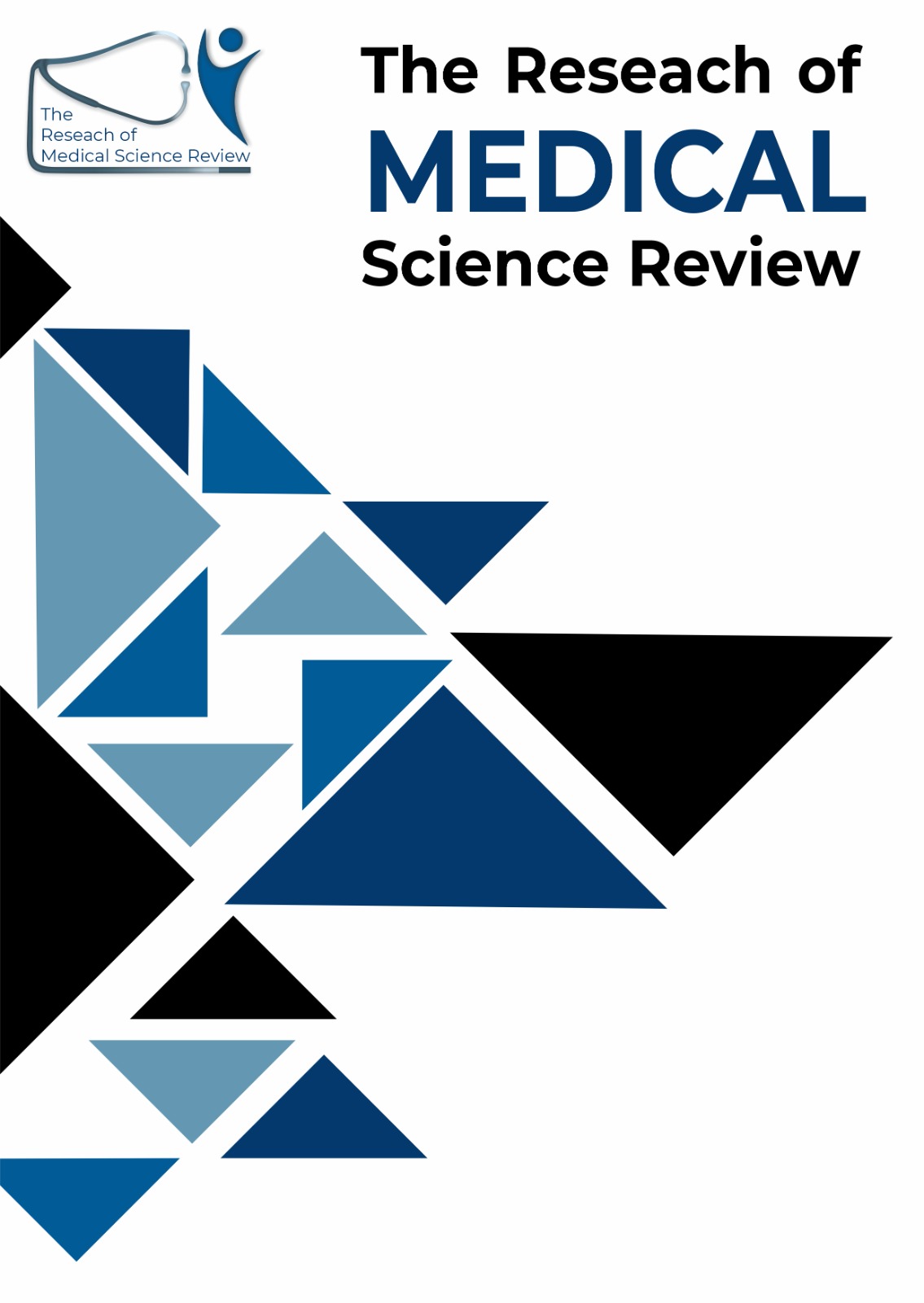EFFICACY OF PROPHYLACTIC ANTIBIOTICS IN PREVENTING SURGICAL SITE INFECTIONS IN ORAL AND MAXILLOFACIAL SURGERY A RETROSPECTIVE STUDY
Main Article Content
Abstract
Introduction: Surgical site infections (SSIs) are a persistent challenge in oral and maxillofacial surgery (OMFS), contributing significantly to patient morbidity, extended hospital stays, and increased healthcare costs. The unique anatomy of the surgical field, combined with the high microbial load of the oral cavity, predisposes patients to infections. While prophylactic antibiotics are commonly used to reduce SSI risk, their efficacy and optimal usage in OMFS remain uncertain. Objectives: This study evaluates the effectiveness of prophylactic antibiotics in reducing surgical site infections (SSIs) in oral and maxillofacial surgery (OMFS), comparing SSI rates between patients with and without antibiotic use. Methodology: This retrospective study was conducted across multiple dental and maxillofacial surgical centers in Punjab, Pakistan, from June 2023 to August 2024. A total of 177 patients undergoing OMFS procedures were included, divided into Group A (n=123; received prophylactic antibiotics) and Group B (n=54; no antibiotics). Patient demographics, surgical details, antibiotic regimens, and clinical outcomes were extracted from surgical registries. The primary outcome was SSI incidence, defined per clinical guidelines. Secondary outcomes included risk factor analysis and the efficacy of specific antibiotic protocols. Data analysis employed chi- square tests, t-tests, and multivariate logistic regression to identify predictors of SSIs and compare group differences. Results and Findings: The overall SSI incidence was 9.6%, with significantly lower rates in Group A (5.7%) compared to Group B (18.5%; p=0.004). Key patient-related risk factors included diabetes (OR: 2.8; p=0.007), smoking (OR: 2.4; p=0.021), and immunosuppressive conditions (OR: 4.1; p<0.001). Procedural variables such as prolonged surgery (>3 hours; OR: 3.6; p=0.001) and complex reconstructive surgeries were strongly associated with higher SSI rates. Antibiotic regimens combining amoxicillin-clavulanate and metronidazole demonstrated the lowest SSI rate (2.6%). Preoperative antibiotic administration within one hour before surgery yielded the most favorable outcomes (p<0.001). Microbial analysis revealed Staphylococcus aureus (47.1%) and Streptococcus species (23.5%) as predominant pathogens, with concerning multidrug resistance patterns in 20% of isolates. Conclusion: Prophylactic antibiotics significantly reduce SSIs in OMFS, with optimal results achieved through preoperative administration tailored to anticipated pathogens. The findings highlight the need for meticulous surgical techniques, patient-specific risk management, and antibiotic stewardship to minimize infection rates and resistance. Despite its retrospective design and single-region focus, this study provides robust evidence to guide clinical practice and inform the development of standardized infection control protocols. Future research should explore prospective studies to refine antibiotic regimens and evaluate long-term impacts on resistance patterns and patient outcomes.
Downloads
Article Details
Section

This work is licensed under a Creative Commons Attribution-NonCommercial-NoDerivatives 4.0 International License.
